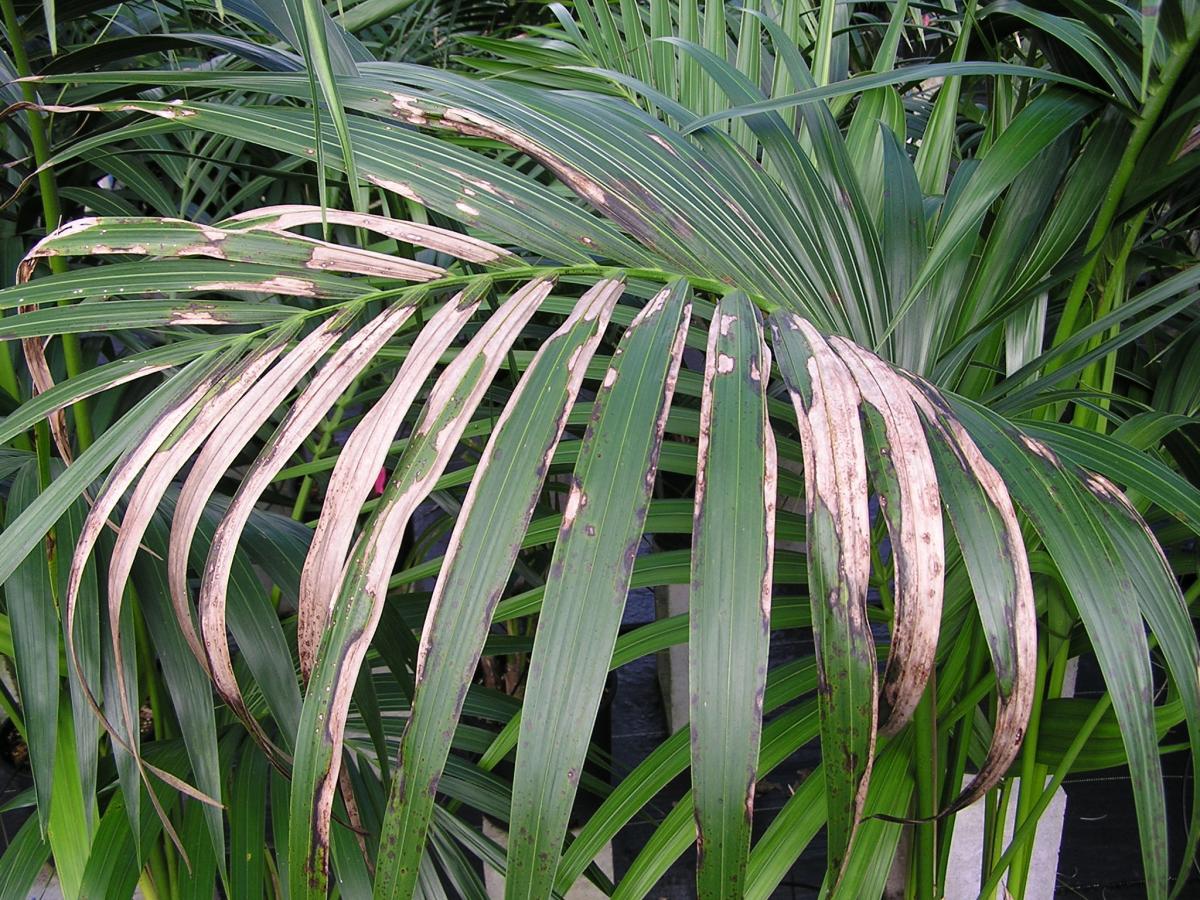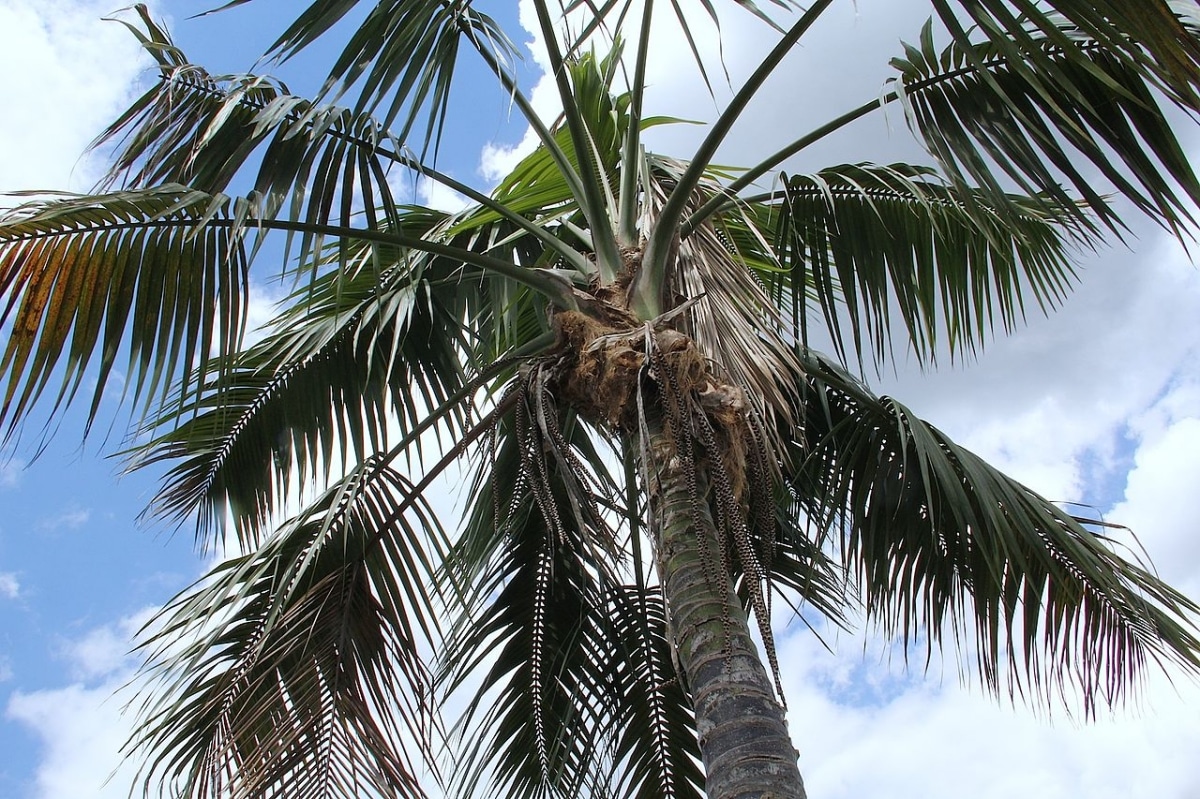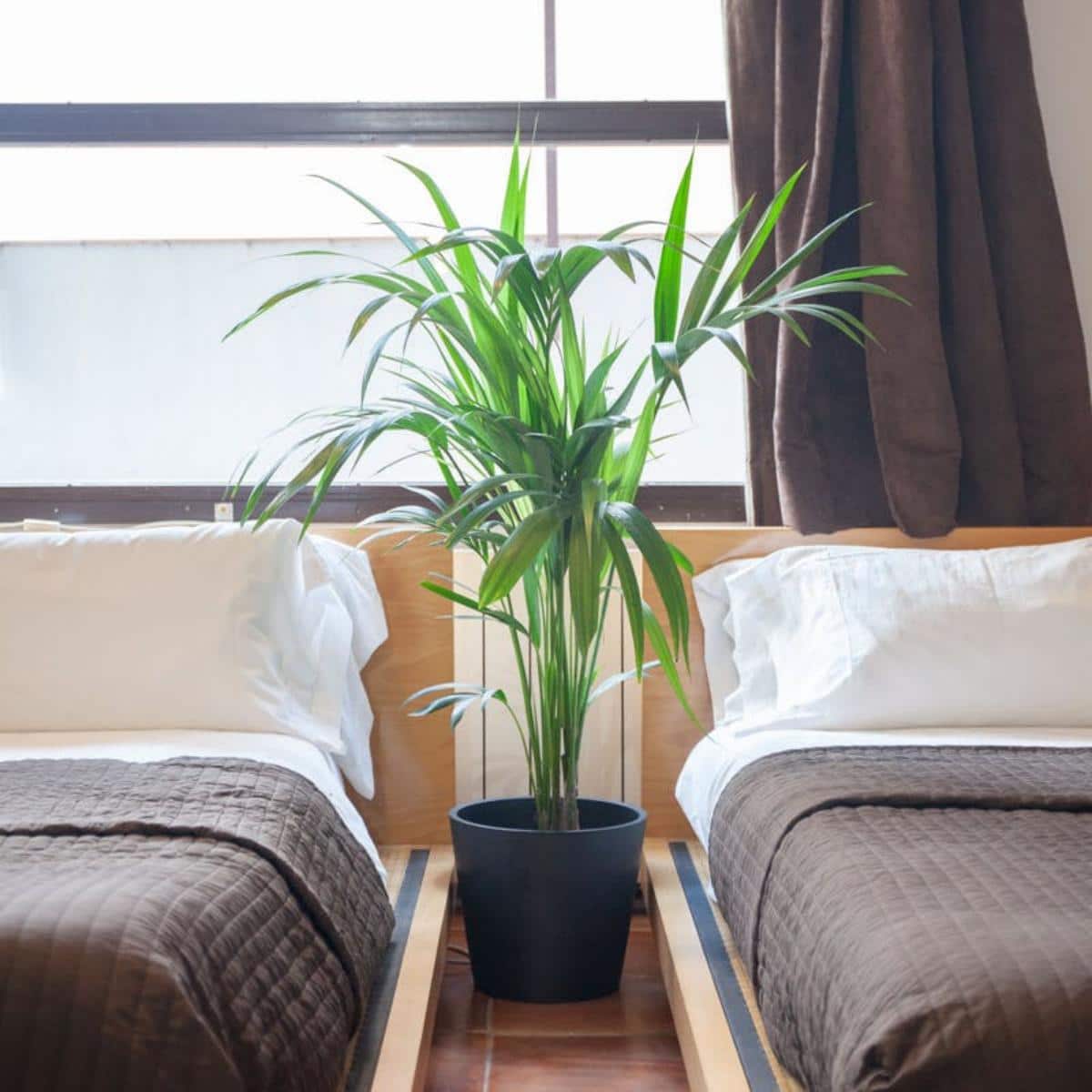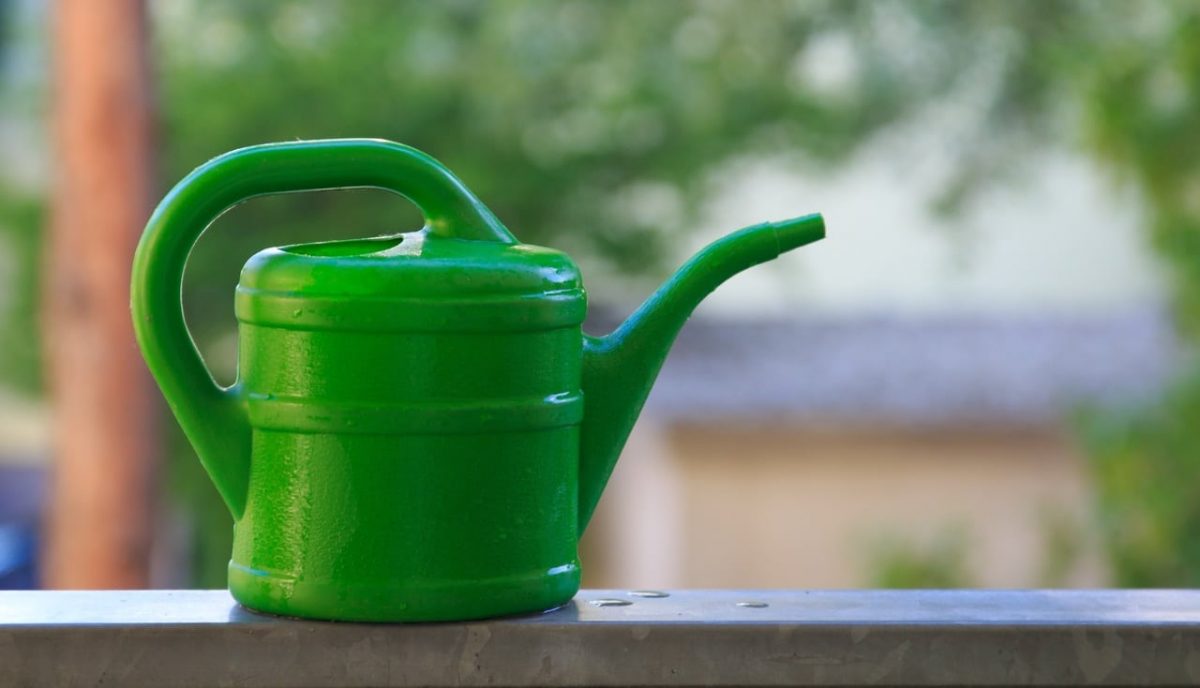
Image - Flickr / Scot Nelson
The kentia is a widely grown indoor palm. It is often found as part of the decoration of hotels, shops and of course homes. Its long pinnate leaves and slender trunk make it a much loved plant to have in these places. Now, what you may not know is that it withstands the cold very well, and even mild frosts, which is why, in regions with mild winters, it is also a splendid garden plant, although a bit delicate.
Although it could be considered an easy plant to care for, whether it is indoors or outdoors, it is not one of the simplest, since you have to be aware of watering and keep it in a suitable location for it. And it is that it would not be uncommon for problems to arise, some of which may be, for example, the browning of the leaves or the rotting of the roots. What to do in these cases? The first thing is to be calm Next I will tell you how to recover a kentia.
What are the problems that our kentia palm tree may have? Before doing anything, it is important to identify the problem with the plant. And it is that as they say, you can not start the house from the roof. For all this, we are going to see what are the causes for which it can look bad or sick, and what measures to take to recover it.

Bad location

If you have ever searched for images on the internet of the kentia, whose scientific name is Howea forsteriana, you may have been surprised to see adult specimens growing in full sun. Does that mean we have to put it in a sunny spot? The reality is that it will depend on the climate in the area and the palm tree itself.
The leaves of the kentia burn very easily, so it is important that they get used to sun exposure very little by little, over the course of several years.. How to get him to do it? If the idea is to always have it outdoors, we can plant it in a place where it is shaded by other plants when it is young, but as it grows it becomes more and more exposed to direct sunlight.
Now, If we are more interested in having it indoors, the ideal is to place it in a room where there is a lot of light., but never in front of the window. Also, if we have air conditioning or fans in that room, it is preferable not to take the kentia there, since the air currents would cause damage to the leaves, causing them to turn brown.
Excess water in the roots
The kentia cannot tolerate drought, but if there is something that it fears more than the lack of water, it is the excess moisture in its roots. Whether we water it too much or if we have it growing in compact soil that retains a lot of moisture, its root system is going to have a hard time. In fact, if we do nothing, microorganisms such as pathogenic fungi and oomycetes, like the phytophthora, will damage them. In doing so, we can see some of these symptoms:
- Brown spots on the edge of the leaves
- Brown new leaf, or kept closed
- The trunk may "thin out" and look brown
- Mold can appear on the ground
How to recover a kentia that is suffering from having an excess of water in its roots? To be honest, it is complicated, but it is not impossible if the problem is detected in time. For it, The first thing you have to do is treat it with a systemic fungicide such as No products found.; this is how fungi and oomycetes are combated. But you must also suspend watering temporarily, until the soil dries.
In the event that you have your palm tree in a pot without holes, it is very, very important that you plant it in one that does have holes.. If you put a plate under it or put it in a pot, you should drain it after each watering.
Now, the most suitable thing is to prevent, something that is done by planting it in a spongy and light soil like this, and if it is going to be in a pot, in one that has drainage holes.
Lack of water
Drought is a serious problem, but not as much as excess water. And I say "not so much" because it is easily detected and fixed. In fact, to find out if you're thirsty, simply we will have to see if the leaves "close", if they turn brown, and if the earth is also very dry. If it is in a pot, we will also notice that when we pick it up it weighs very little. In more serious cases, pests such as cochineals or red spiders could appear.
To correct the problem, you just have to do one thing: provide your palm tree with water more often. But beware, it is not enough to pour a little water, but you have to soak the soil well so that all the roots are hydrated. So do not hesitate to pour water until it comes out of the holes in the pot, or if it is on the ground, until you see that it is very wet.
The pot has become too small
Although the Kentia It is a palm that grows slowly, that does not mean that we have to leave it in the same pot for years. And it is that the plant can exceed 10 meters in height once it reaches adulthood, so it is a mistake not to plant it in a larger container every time it needs it. Why? Because lack of space can kill palm trees. Yes, just as it sounds.
To live, they have to grow, but they can only do that if they have enough space. when that is not so, its growth stops, the leaves start to come out smaller and smaller, and in the end, the plant is so weak that it attracts pathogenic microorganisms and insects.
Therefore, it is vitally important to plant the kentia in a pot about 10 centimeters larger if the roots come out of the drainage holes, or if roots can be seen growing very close to said holes. In addition, it should also be done if the land is very worn.
The transplant will be done in spring, as this will give you enough time to recover. We will put land for green plants, or if you want one for universal cultivation.
Precise subscriber
It not only needs water, but also nutrients. The lack of them slows down its growth, so that in order for it to be healthy and beautiful, we will have to fertilize it with a fertilizer for palm trees or with one for green plants from the beginning of spring to the end of summer. For example, this is very good:
We will follow the recommendations for use so as not to cause a major problem, and thus we will get the kentia back to normal.
We hope that with these tips you can recover your kentia.

